The camera film border polaroid png kodak style brings a nostalgic retro touch to photos with classic Kodak film edges and iconic Polaroid frames. These transparent PNGs are perfect for designers, photographers, and social media creators. Easily overlay them to give your pictures a timeless vintage aesthetic.
!Stay tuned with us as we dive deeper into the world of camera film border polaroid png kodak, exploring its history, unique styles, and creative ways you can use it to give your photos a timeless vintage charm.!
Introduction
Photography has always been more than just capturing a moment — it’s about preserving emotions, memories, and stories. While digital photography has dominated the modern world, the charm of film photography never really disappeared. The timeless look of film borders, Polaroid frames, and Kodak aesthetics has made a strong comeback in digital spaces. From Instagram edits to professional branding, creatives are embracing the camera film border polaroid png kodak style to give their visuals a nostalgic and authentic touch.
But what does this term really mean? It combines the vintage beauty of camera film borders, the iconic Polaroid frame design, the versatile PNG format, and the world-famous Kodak brand. Together, they represent a blend of history, style, and digital usability. Whether you are a photographer, designer, or casual content creator, understanding how to use these elements effectively can elevate your work.
In this guide, we’ll explore the history behind these aesthetics, the elements that make them stand out, different types available, where to find them, how to customize them, and even how to create your own. By the end, you’ll have everything you need to confidently work with camera film border polaroid png kodak assets.
History & Aesthetic Roots
To truly appreciate today’s use of camera film border polaroid png kodak, it’s important to understand where it all began. Kodak played a revolutionary role in making photography accessible to the masses. From its early roll films to iconic Kodachrome, Kodak created not only a brand but also an aesthetic recognized globally. Film borders — those black strips with sprocket holes or white frames — weren’t just technical necessities. They became a signature of analog photography.
Polaroid, on the other hand, changed how people experienced photography. Introduced in the mid-20th century, Polaroid instant cameras gave users prints within minutes. The white border and thicker bottom frame became synonymous with instant memories. Unlike Kodak’s roll film, Polaroid frames weren’t just functional; they were part of the photo’s identity.
Fast forward to today, and these analog styles are digitally recreated using PNG files. Designers and photographers use PNGs because of their transparent backgrounds, allowing easy overlay on digital photos. This trend reflects how nostalgia blends with modern creativity. What once required physical film and chemicals can now be simulated with a simple download.
The popularity of these aesthetics proves that the visual language of film remains timeless. Whether it’s the textured Kodak border or the instantly recognizable Polaroid frame, both continue to inspire digital artists around the globe.
Understanding the Elements of a Kodak Polaroid PNG
At first glance, a film border PNG might seem simple. But when you look closer, you’ll see that its elements contribute heavily to its appeal. A Kodak Polaroid PNG typically has:
- White borders or black film edges: These represent the frame around the photograph. Polaroid usually has a thicker bottom section for captions, while Kodak borders often feature sprocket holes or numbers.
- Texture and grain: Many PNGs include a subtle grain or dust effect to mimic the imperfections of real film. This gives photos an authentic vintage touch.
- Transparency: The biggest advantage of PNG format is its transparent background. This lets designers overlay the border on any image without needing advanced editing tools.
- Aspect ratio and size: Polaroid borders are usually square with a white frame, while Kodak borders may follow 35mm, medium format, or panoramic ratios.
These elements aren’t just for looks; they trigger emotions. A Polaroid border reminds viewers of instant prints passed around at parties or family gatherings. A Kodak border may recall rolls of film developed at local photo labs. When recreated digitally, these details bring warmth, nostalgia, and character to modern projects.
Understanding these components ensures you choose the right type of camera film border polaroid png kodak for your creative work.
Types & Variations of Film Border PNGs
There isn’t just one kind of film border PNG. In fact, the variety available is part of what makes them so appealing. Some of the most common types include:
- Polaroid Frames: Square or rectangular with a clean white border, often thicker at the bottom for writing notes or dates.
- Kodak 35mm Borders: Feature black frames with sprocket holes and sometimes exposure numbers. These recreate the look of negatives or slide film strips.
- Medium Format Borders: Often thicker and cleaner, representing professional film used in high-end cameras.
- Vintage Borders: Include light leaks, scratches, and faded colors to mimic aged photographs.
- Minimalist PNG Borders: Simple white or black edges without extra textures, used for a clean and modern take on retro styles.
Each type serves different creative needs. A Polaroid PNG might work best for personal scrapbooks or social media posts, while Kodak borders can give professional projects a raw, authentic vibe.
Choosing the right variation depends on your project’s tone. Want playful nostalgia? Go for a Polaroid frame. Looking for gritty realism? A Kodak film strip PNG is your best option.
Finding & Using Kodak Polaroid PNGs
The demand for camera film border polaroid png kodak files has created a wide market of resources. You can find them in both free and paid formats. Websites like PNGTree, Freepik, and Pexels offer free versions, while premium marketplaces like Creative Market or Envato Elements provide higher-quality, exclusive assets.
When choosing a PNG, pay attention to resolution. A low-quality file may look fine on social media but won’t hold up for print. Aim for high-resolution PNGs to maintain sharpness. Another factor is licensing. Some free resources are for personal use only, so if you plan to use them commercially, double-check the rights.
Once you’ve downloaded your film border PNG, using it is simple. In editing software like Photoshop or Canva, place your image beneath the PNG layer. Adjust size and position until the frame fits perfectly. Because PNGs have transparent backgrounds, they blend seamlessly without the need for complex editing.
Whether you’re designing Instagram stories, album covers, or marketing materials, these borders add instant retro character. The right Kodak Polaroid PNG can transform an ordinary picture into a nostalgic artwork.
How to Edit & Customize Polaroid / Film Border PNGs
Downloading a PNG is just the start — the real fun comes with customization. Modern editing tools let you tweak and personalize camera film border polaroid png kodak frames to match your project.
In Photoshop, for instance, you can adjust opacity to create a faded look or overlay textures like dust or scratches. Color grading is another powerful tool. By applying warm tones or faded contrasts, you can enhance the retro effect of Kodak-style borders.
If you’re using Canva or mobile apps, resizing and layering are easy. You can add text to the Polaroid’s bottom border, turning it into a space for captions or branding. Procreate users often hand-draw extra effects, making each border unique.
Customization also allows mixing styles. For example, combining a Polaroid border with Kodak film grain can produce a hybrid look. This creativity ensures your content feels fresh, not just another download from a resource site.
Remember to always keep the image quality intact. Avoid over-stretching or compressing PNGs, as it can reduce sharpness. The goal is to enhance your image while keeping the nostalgic charm intact.
SEO Tips & Optimizing Visuals
If you’re using camera film border polaroid png kodak files for websites, SEO plays a big role. Images can attract traffic when optimized properly. Start by naming your files descriptively, e.g., “camera-film-border-polaroid-png-kodak.png” instead of generic names.
Alt text is crucial. Search engines can’t “see” images, so describing them in alt text improves visibility. A good alt description might be: “Vintage Kodak style camera film border Polaroid PNG overlay.”
Compression is another factor. High-resolution PNGs can slow down your site if not optimized. Use tools like TinyPNG or Squoosh to reduce file size without losing quality. Faster loading times improve user experience and SEO ranking.
Finally, consider how you present the visuals. Embedding them in articles, galleries, or tutorials increases engagement. The more useful your images are, the better they perform in search results.
By combining strong visuals with smart SEO, your film border PNGs can do more than look good — they can drive meaningful traffic.
Legal & Trademark Considerations
One important aspect often overlooked in using camera film border polaroid png kodak files is legality. Both Kodak and Polaroid are registered trademarks. While borders inspired by their styles are common, directly using branded assets without permission may cause issues.
Many downloadable PNGs are created by independent designers who mimic the style without copying exact branding. This is usually safe, but you should always read the license terms. Some assets are free for personal use but require payment or credit for commercial use.
If you plan to sell designs featuring these PNGs — for example, posters, t-shirts, or album covers — make sure you have proper licensing. Copyright and trademark laws vary by country, so checking before publishing avoids legal trouble.
In short, respect intellectual property while enjoying creative freedom. Think of Kodak and Polaroid aesthetics as inspiration, not something to copy directly.
Examples & Inspiration
Seeing practical uses of camera film border polaroid png kodak frames can spark creativity. Many social media influencers use Polaroid PNGs for Instagram stories, giving digital photos a tactile, printed feel. Brands often add Kodak-style film strips in their campaigns to tap into retro nostalgia.
Musicians use these borders for album covers, combining grainy textures with black-and-white shots. Bloggers add them to featured images to stand out in crowded feeds. Even educational projects use these borders to make presentations visually engaging.
Here’s a quick comparison of popular use cases:
| Type of Border | Common Use | Visual Effect |
| Polaroid PNG | Social media posts, scrapbooks | Nostalgic, playful |
| Kodak Film Strip PNG | Branding, album covers, posters | Gritty, authentic |
| Vintage Textured PNG | Retro blogs, marketing | Aged, cinematic |
These examples show how versatile film border PNGs can be. Whether casual or professional, they always add personality.
DIY: Create Your Own PNG Film Border
If you want complete originality, making your own Kodak Polaroid PNG is a great option. Start by photographing an actual film border or Polaroid frame. Scan it at high resolution to capture details like texture and sprocket holes.
Next, use editing software to clean up the image. Remove the center of the frame to create transparency. Save it in PNG format, ensuring the background stays transparent. You can then overlay this on any photo.
For those without physical film, digital tools also work. In Photoshop or Procreate, draw simple white rectangles for Polaroid borders or black frames with holes for Kodak strips. Add textures like dust brushes or grain overlays for authenticity.
Creating your own border not only ensures originality but also teaches you how film aesthetics are built. It’s an engaging process that connects digital editing with analog history.
Conclusion
The world of camera film border polaroid png kodak is where nostalgia meets modern creativity. From Kodak’s legacy of film photography to Polaroid’s instant prints, these aesthetics continue to inspire designers and photographers. By understanding their history, choosing the right PNGs, customizing them, and even creating your own, you can bring timeless character to any project.
Whether used for personal storytelling, branding, or social media, these borders prove that old-school photography still has a powerful place in the digital age. With creativity and care, you can transform ordinary images into unforgettable works of art.
Resources & Downloads
- Freepik & PNGTree: Free and paid film border PNGs
- Creative Market & Envato Elements: Premium, high-resolution collections
- Unsplash & Pexels: Free Polaroid-style stock photos
- Photoshop & Canva: Best tools for editing and applying borders
- TinyPNG: Optimize PNGs for SEO and fast loading
FAQ’s
1. What does “camera film border polaroid png kodak” mean?
It refers to digital PNG files that replicate the look of Kodak film borders and Polaroid frames, used for creative overlays.
2. Why are PNGs better for film borders than JPEGs?
PNGs support transparent backgrounds, making them easy to overlay on photos without extra editing.
3. Can I use Kodak and Polaroid designs for commercial projects?
Yes, but only if the assets are licensed for commercial use. Always check licensing terms before publishing.
4. How do I make a Polaroid frame look more authentic?
Add textures like grain, scratches, or faded tones in editing software to mimic real film aesthetics.
5. Are there mobile apps for using film border PNGs?
Yes, apps like Canva, PicsArt, and VSCO allow you to add Polaroid or Kodak-style PNGs directly to photos.
Also Read:
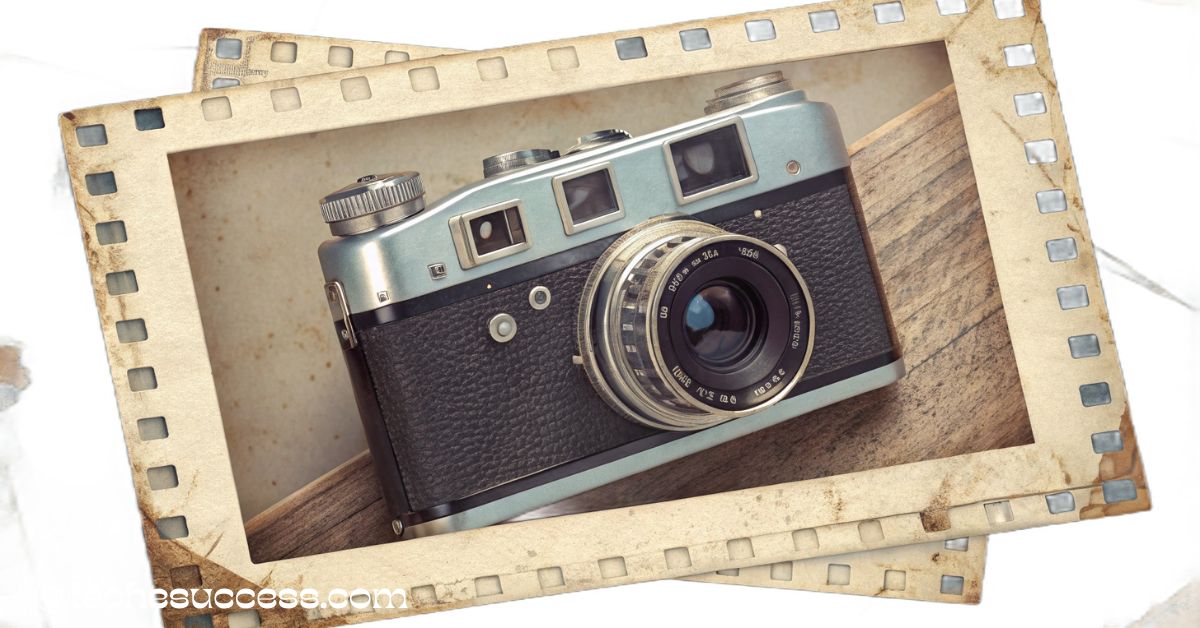
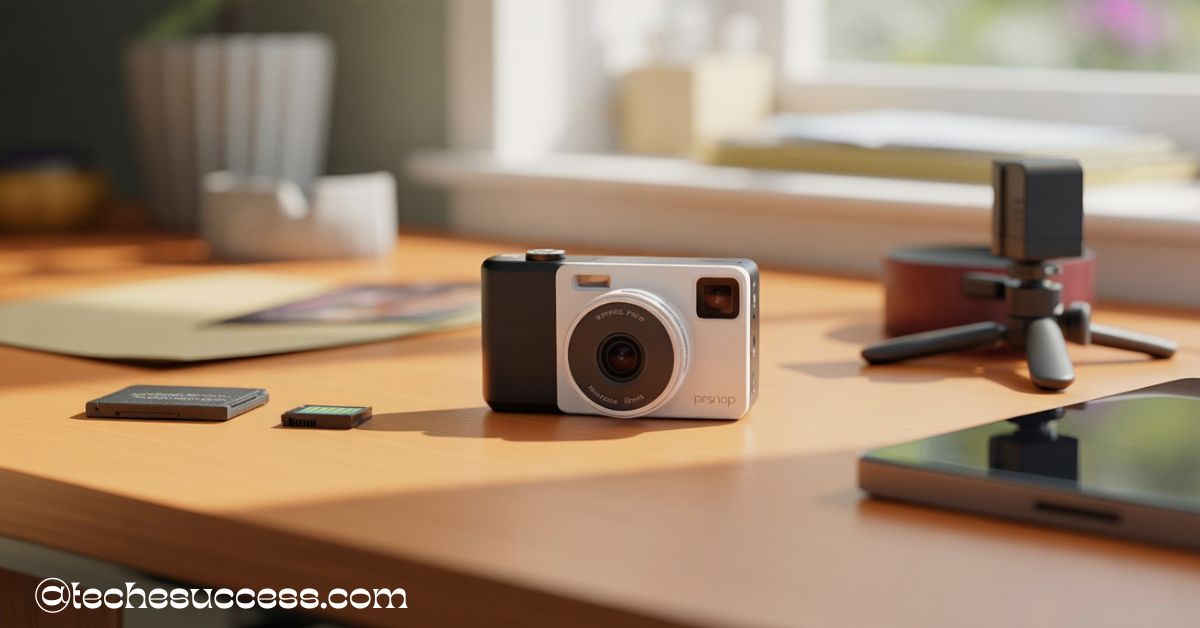



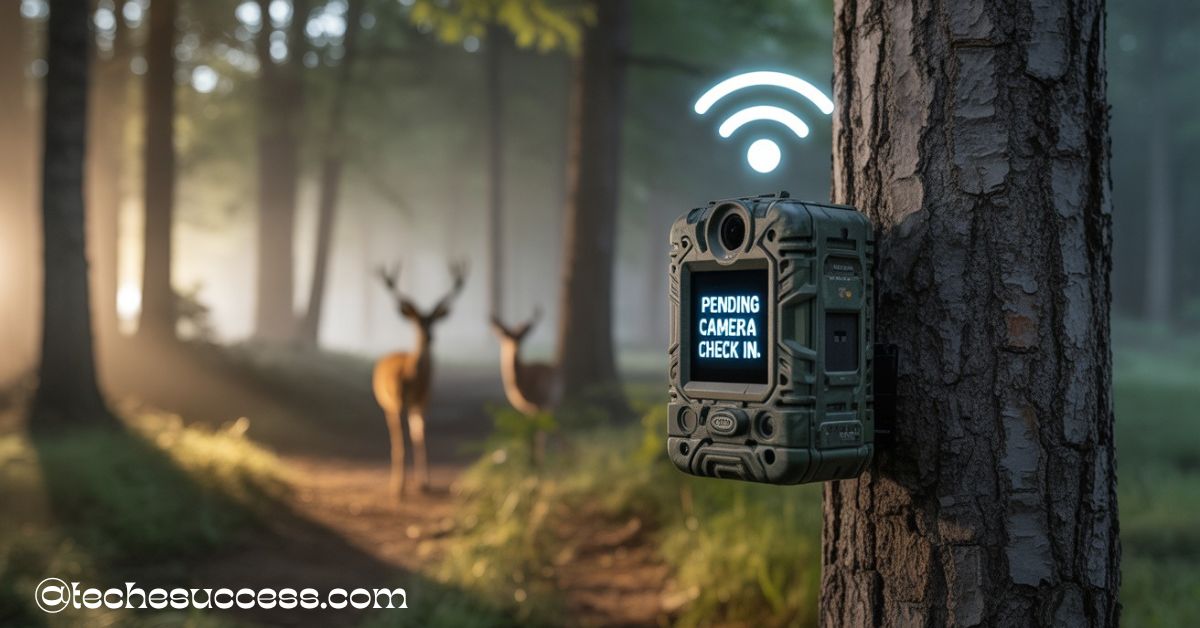

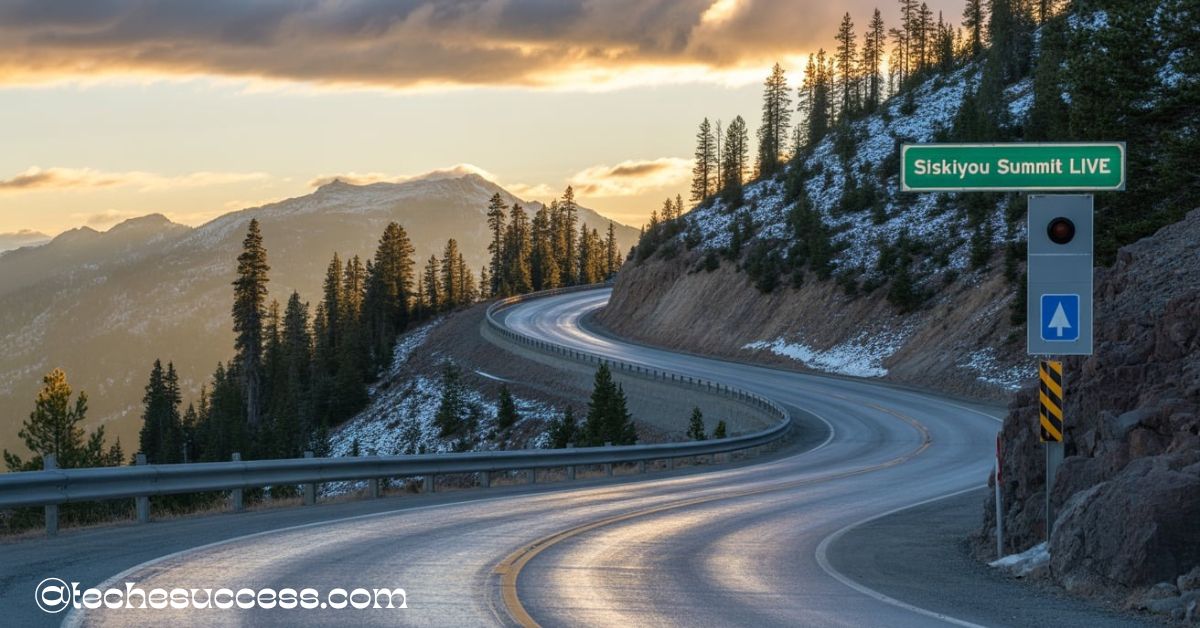
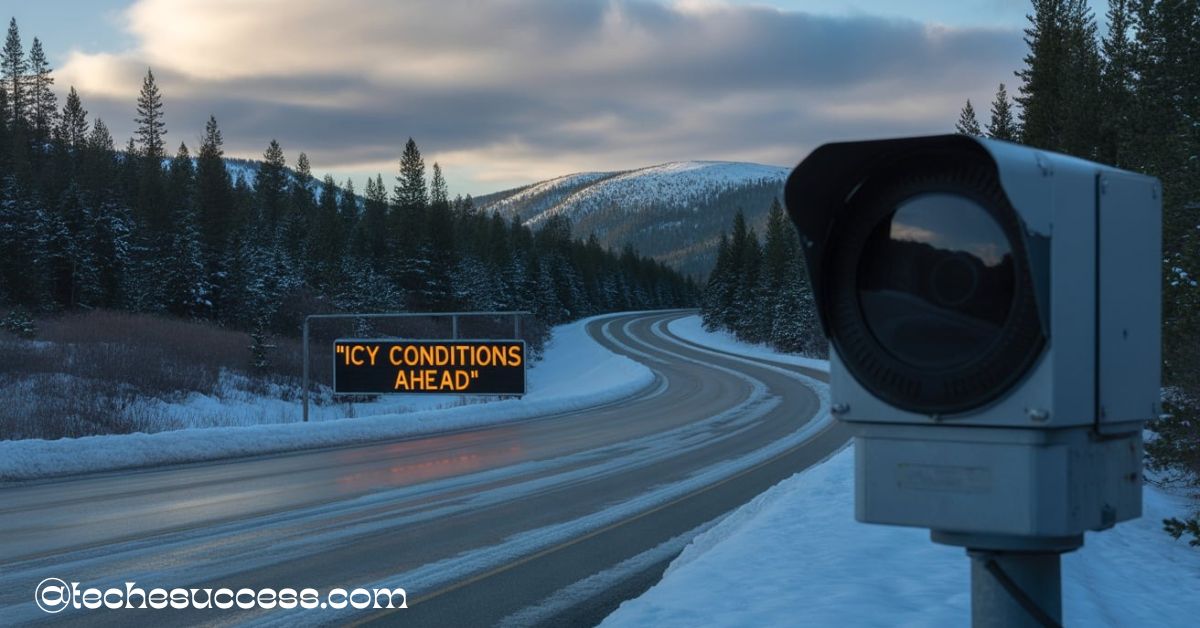
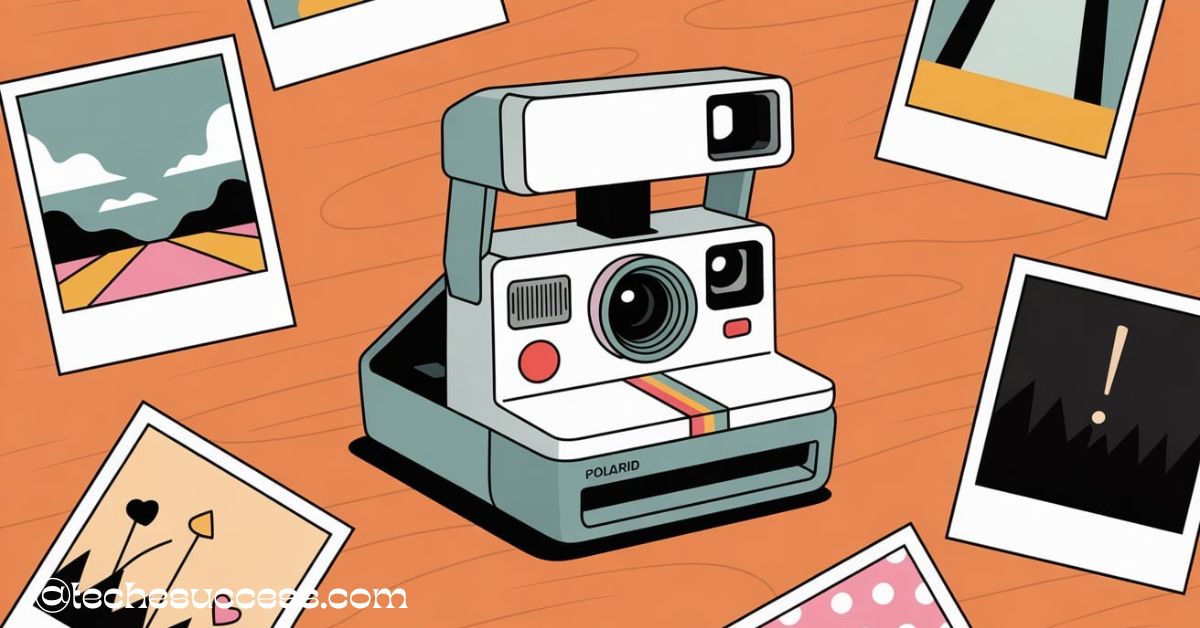

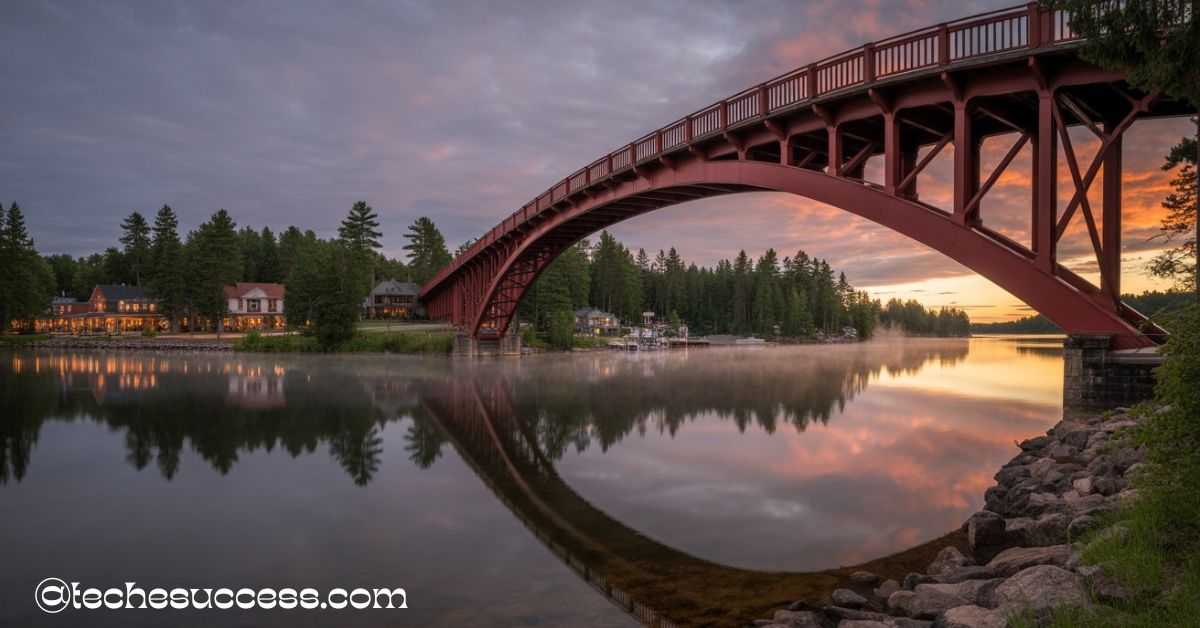

Leave a Reply